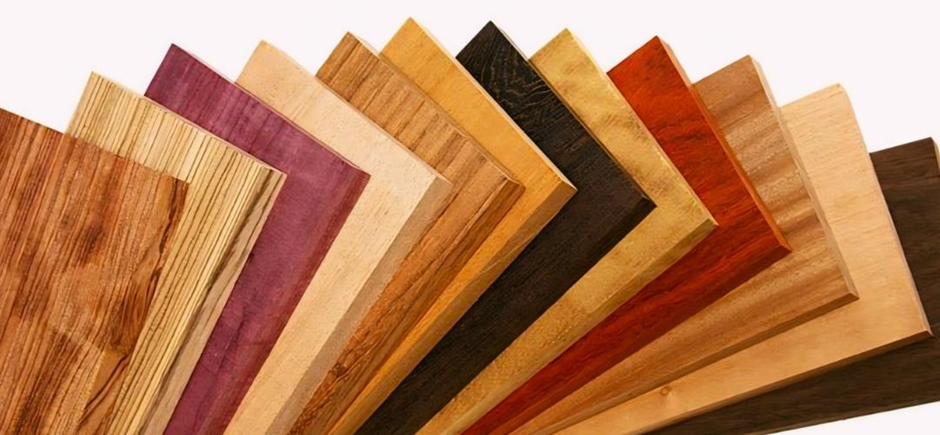Hey there, home decor enthusiasts! If you're diving into the world of interior design or just sprucing up your space, you've probably faced the classic dilemma: veneer or laminate? It’s a tough choice, but don’t worry—Plyneer Industries is here to help you make the best decision for your beautiful home.
What’s Up with Veneers?
Veneer is like the haute couture of wood finishes. Made from thin slices of real wood, it gives you that genuine, natural look that's tough to beat. Each piece of veneer is unique, showcasing beautiful grain patterns and colours, adding a touch of luxury and elegance to any space. If you're looking for something that feels authentic and high-end, veneer is a fantastic choice!
Pros of Veneer:
- Aesthetic Appeal: Every sheet of veneer is unique with its own grain patterns and colours. It’s like having a one-of-a-kind piece of art on your furniture.
- Feel and Texture: Veneer retains the natural feel and warmth of wood, adding a touch of sophistication to any space.
- Resale Value: High-quality veneer can increase the value of your furniture or cabinets. It’s an investment in elegance.
- Refinishing Potential: Got a scratch? No worries! Veneer can be sanded and refinished, giving your furniture a new lease on life.
Cons of Veneer:
- Cost: Veneer is generally pricier than laminate, but remember, you’re paying for that premium, natural look.
- Maintenance: Veneer needs a bit more TLC. It’s susceptible to damage from moisture, heat, and scratches.
- Durability: It can chip or peel if not properly cared for. Handle with love!
What’s Up with Laminate?
Now, let’s shine the spotlight on laminate. Laminate is the superhero of durability and affordability in the wood finish world. It’s a synthetic material that can mimic the look of natural wood, stone, or other surfaces. Known for its resistance to scratches, stains, and heat, laminate is perfect for high-traffic areas and busy households. Plus, it comes in a wide variety of colours and patterns, offering both practicality and style without breaking the bank.
Pros of Laminate:
- Budget-Friendly: Laminate is kind to your wallet, making it a popular choice for many households.
- Durability: It’s incredibly resistant to scratches, stains, and heat. Perfect for high-traffic areas!
- Variety: From wood grains to funky patterns, laminate comes in a plethora of styles and colours.
- Low Maintenance: A quick wipe with a damp cloth, and you’re good to go. Easy peasy!
Cons of Laminate:
- Aesthetic Limitations: While laminates have come a long way, they may not have the depth and richness of real wood.
- Feel and Texture: Laminate can feel a bit artificial compared to the tactile experience of veneer.
- No Refinishing: Once it’s damaged, it can’t be sanded or refinished. You’ll need to replace it.
So, Which One Should You Choose?
For High-End, Custom Projects: Veneer is your go-to. It’s perfect for those who want a premium, natural look and are ready to invest in quality.
For Budget-Friendly, Durable Solutions: Laminate is the way to go. It’s ideal for busy households, kitchens, and bathrooms where durability and low maintenance are key.
For Living and Office Spaces: Veneer adds that touch of elegance and is great for areas where aesthetics are a top priority.
Why Choose Products at plyneer?
At Plyneer Industries, we pride ourselves on offering a diverse range of high-quality veneers and laminates. At plyneer industries we provide Top-Notch Quality, Wide selections, expertise and customer satisfaction with commitment and excellence in service.
Let’s Make Your Home Beautiful Together!
Choosing between veneer and laminate doesn’t have to be stressful if you know the Difference Between Laminate and Veneer. With Plyneer Industries by your side, you’ll find the perfect finish that fits your style, budget, and needs. Ready to transform your space? Contact us today and let’s get started on your home improvement journey!








